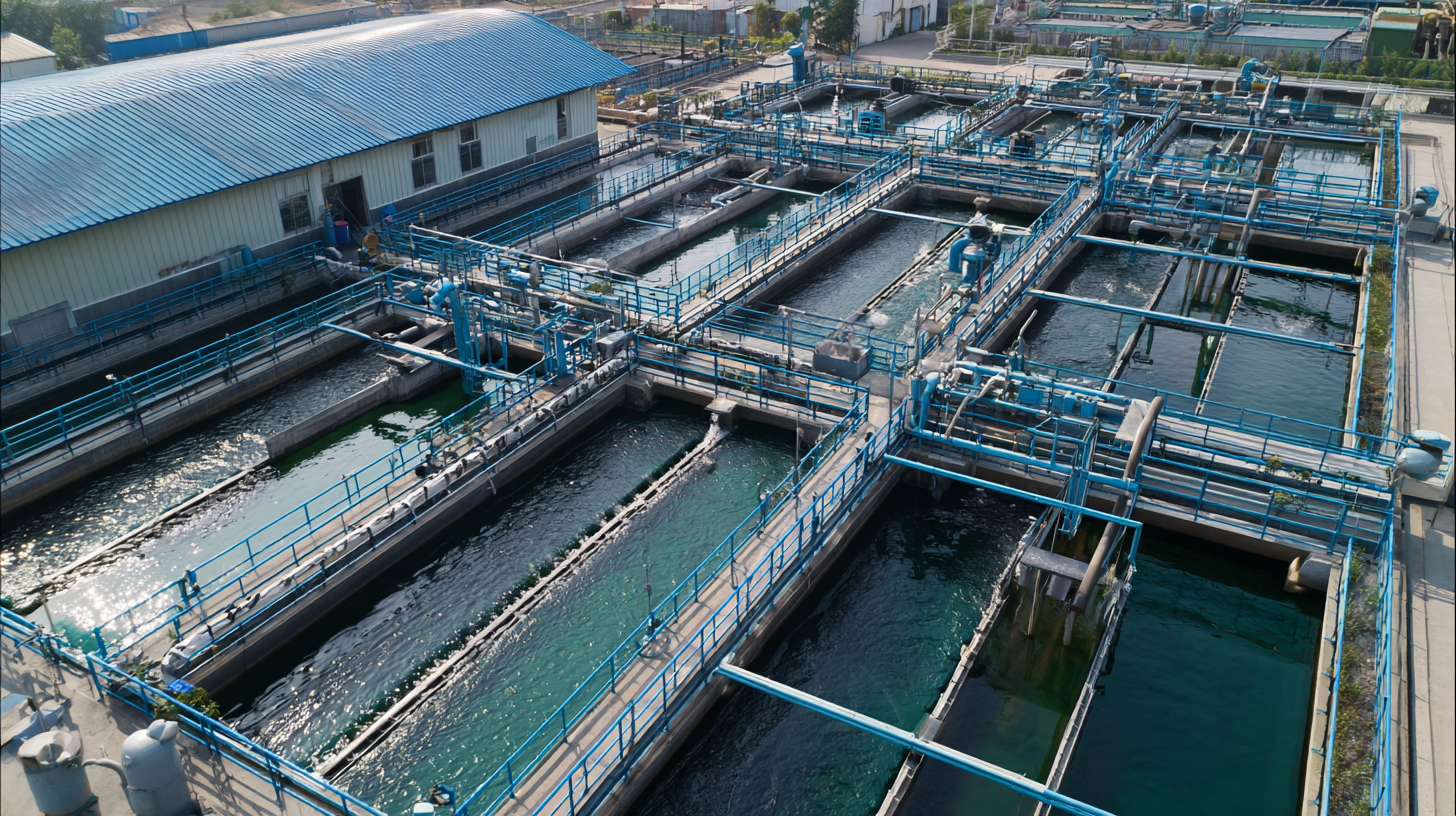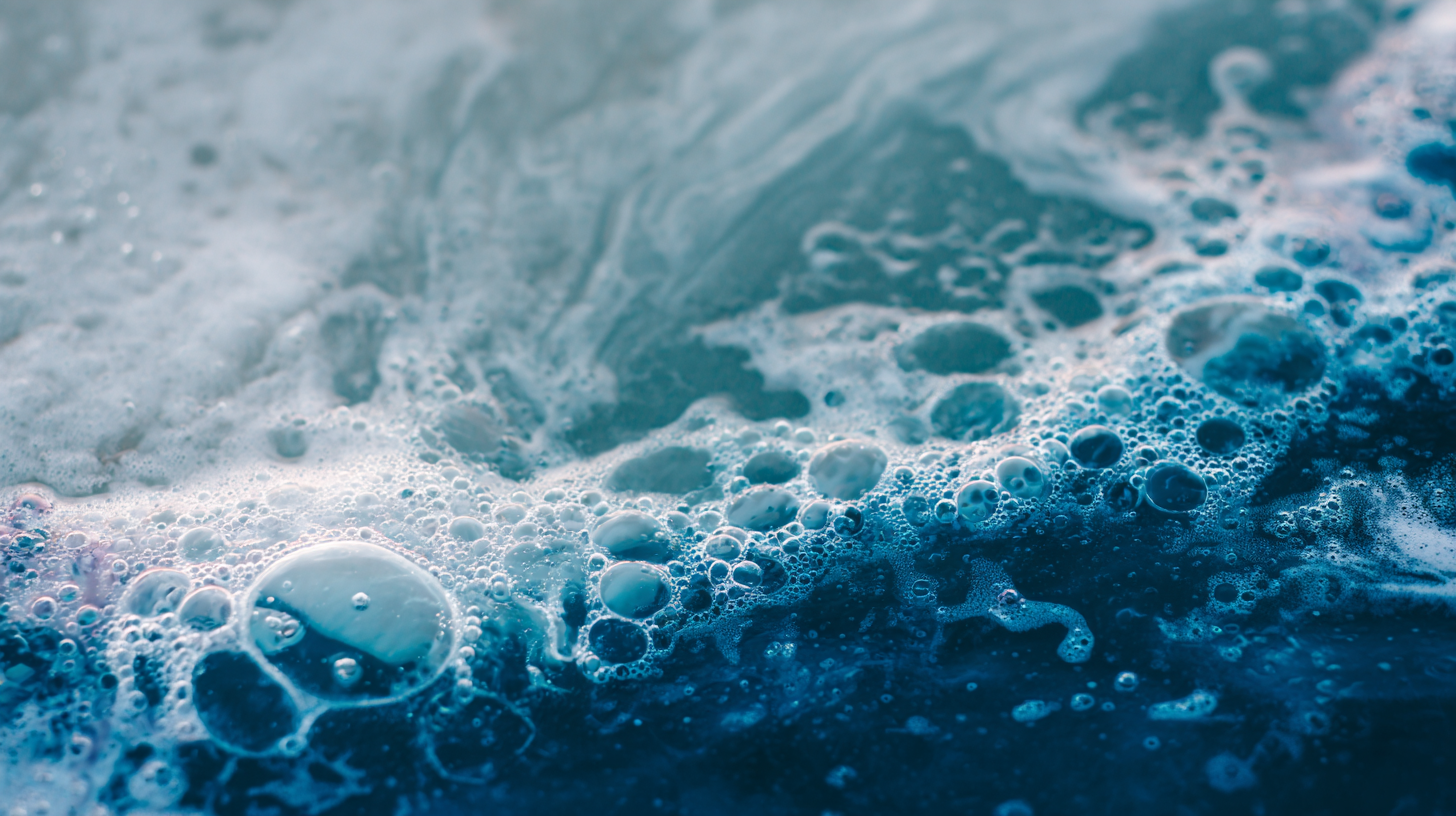As water scarcity and pollution continue to challenge global ecosystems, innovative solutions are imperative for sustainable water treatment. Dispersed Air Flotation (DAF) emerges as a leading technology in this sector, offering significant advantages over traditional methods. According to a report by the International Water Association, the DAF market is projected to grow at a CAGR of 11.5% from 2021 to 2026, highlighting its increasing adoption among industries and municipalities. Expert Dr. Emily Chen, a renowned figure in water treatment technology, asserts,
"Dispersed Air Flotation is not just an alternative; it's shaping the future of how we purify our water resources sustainably."

DAF systems enhance the efficiency of water treatment processes by utilizing micro-bubbles that effectively detach impurities, thereby improving water quality while reducing energy consumption. This technology is especially effective for treating industrial wastewater and has been proven to achieve removal efficiencies above 90% for various contaminants. With ongoing advancements in DAF technology, industry leaders are continuously finding ways to optimize operations and integrate these systems into broader water management strategies. As we delve into the landscape of water treatment solutions, it becomes evident that Dispersed Air Flotation is paving the way towards a cleaner, more sustainable future.
Dispersed Air Flotation (DAF) technology represents a breakthrough in water treatment, leveraging advanced engineering principles to enhance effluent quality. This process primarily relies on introducing microbubbles into wastewater, which adhere to suspended solids and promote their flotation to the surface for removal. According to a study by the American Water Works Association, DAF systems can achieve removal efficiencies of up to 95% for suspended solids, which is higher than traditional sedimentation methods. This efficiency is crucial in addressing stringent water quality standards set by regulatory bodies.
The operational mechanism behind DAF involves the generation of air bubbles that are typically less than 70 microns in diameter. These bubbles are created by pressurizing water and then rapidly depressurizing it, resulting in air saturation. Once introduced into the wastewater, the microbubbles attach to the particles, creating buoyancy that enables the formation of a scum layer at the surface. This layer is then easily skimmed off for disposal, drastically reducing the downtime and maintenance required compared to conventional treatment methods. A report by Frost & Sullivan estimates that the market for advanced water treatment technologies, including DAF, will reach $20 billion by 2025, underscoring the growing recognition of its effectiveness and efficiency in modern wastewater management.
This chart illustrates the growing adoption of Dispersed Air Flotation (DAF) technology in various sectors of water treatment over the past five years. The data highlights its increasing efficiency in comparison to traditional methods.
Dispersed Air Flotation (DAF) has emerged as a transformative technology in the water treatment sector, offering several key benefits that set it apart from traditional methods. One of the main advantages of DAF is its efficiency in removing suspended solids and pollutants. According to a report from the Water Environment Federation, DAF systems can achieve removal rates of up to 98% for certain contaminants, which significantly enhances the quality of treated water. This high performance makes DAF particularly suitable for industries such as food processing, oil and gas, and municipal wastewater treatment.
Another compelling benefit of DAF is its ability to operate at a smaller footprint compared to conventional flotation systems. A study by the American Society of Civil Engineers indicates that DAF installations can reduce the required space by up to 50%, making them an attractive option for facilities with limited space. Furthermore, the technological advancements in the design of DAF systems have led to lower energy consumption and operational costs. As per the International Water Association, improvements in air dissolution technologies have shown potential reductions in energy use by about 30% compared to older flotation technologies. These factors combine to position Dispersed Air Flotation as a forward-looking solution for sustainable water treatment practices.
 Dispersed Air Flotation (DAF) represents a significant advancement in water treatment technology, particularly when compared to traditional methods such as gravity settling and conventional filtration. Traditional methods often rely on larger sedimentation tanks and extended processing times, which can lead to inefficiencies and higher operational costs. In contrast, DAF systems utilize microbubbles to enhance the separation process, allowing for a more compact, faster, and efficient treatment system. This innovative approach minimizes the footprint required for treatment facilities, making it suitable for diverse environments where space is limited.
Dispersed Air Flotation (DAF) represents a significant advancement in water treatment technology, particularly when compared to traditional methods such as gravity settling and conventional filtration. Traditional methods often rely on larger sedimentation tanks and extended processing times, which can lead to inefficiencies and higher operational costs. In contrast, DAF systems utilize microbubbles to enhance the separation process, allowing for a more compact, faster, and efficient treatment system. This innovative approach minimizes the footprint required for treatment facilities, making it suitable for diverse environments where space is limited.
Furthermore, DAF excels in removing suspended solids, oils, and other contaminants from water, offering greater flexibility across various industries, including wastewater treatment, food processing, and oil and gas. While traditional methods may struggle with specific pollutant loads or require chemical additives, DAF's versatility allows for customization based on the unique characteristics of the feed water. This ability to adapt not only improves treatment efficiency but also enhances overall water quality, paving the way for more sustainable and effective water management solutions in the future.
 Dispersed Air Flotation (DAF) systems are rapidly evolving, driven by the pressing need for efficient and sustainable water treatment solutions. Recent studies highlight that DAF technology can achieve up to 95% removal efficiency for suspended solids, oils, and greases, making it a superior choice compared to conventional methods. According to a report from the Water Environment Federation, DAF systems can reduce the footprint of water treatment facilities by as much as 50%, significantly lowering land use and construction costs while enhancing operational efficiency.
Dispersed Air Flotation (DAF) systems are rapidly evolving, driven by the pressing need for efficient and sustainable water treatment solutions. Recent studies highlight that DAF technology can achieve up to 95% removal efficiency for suspended solids, oils, and greases, making it a superior choice compared to conventional methods. According to a report from the Water Environment Federation, DAF systems can reduce the footprint of water treatment facilities by as much as 50%, significantly lowering land use and construction costs while enhancing operational efficiency.
The future of DAF technology lies in its integration with advanced control systems and real-time monitoring. Innovations such as automated dosing and intelligent data analytics are poised to optimize performance, ensuring that DAF systems operate at peak efficiency. A recent market research report indicates that the global DAF market is expected to grow at a CAGR of 7.5% between 2023 and 2030, reflecting a strong trend towards automation and smart technology in water treatment. As industries seek to comply with increasingly stringent environmental regulations, the adoption of advanced DAF systems promises not only improved treatment outcomes but also a significant reduction in operational costs.
Dispersed Air Flotation (DAF) systems have shown significant promise in various case studies, highlighting their efficacy in water treatment applications. For instance, one notable implementation at a municipal wastewater treatment plant resulted in a remarkable reduction of suspended solids and oils, achieving a removal efficiency of over 90%. The DAF system effectively separated contaminants by using microbubbles, which attach to particles and facilitate their rise to the surface, forming a sludge layer that is easily removed. This process not only improved water quality but also minimized the footprint of the treatment facility, demonstrating DAF's advantages in space-constrained environments.
In another successful case, a food processing company adopted DAF technology to manage high loads of organic waste in its effluent. By integrating DAF, the facility was able to comply with stringent environmental regulations, reducing chemical usage by 40% and lowering overall operational costs. The case showcases DAF's versatility across industries, proving its capability in handling complex wastewater streams while enhancing operational efficiency. These implementations exemplify the transformative potential of Dispersed Air Flotation as a forward-looking solution in the field of water treatment.
| Project Location | Implementation Year | Treatment Capacity (m³/hr) | Pollutant Removal (% Efficiency) | Key Benefits |
|---|---|---|---|---|
| City A, Country X | 2020 | 150 | 95 | Reduction in sludge production and improved water clarity |
| Region B, Country Y | 2021 | 200 | 90 | Lower operational costs and enhanced pollutant removal |
| District C, Country Z | 2022 | 180 | 92 | Effective removal of fats, oils, and greases |
| Site D, Country W | 2019 | 120 | 88 | Improved sedimentation and space savings |






